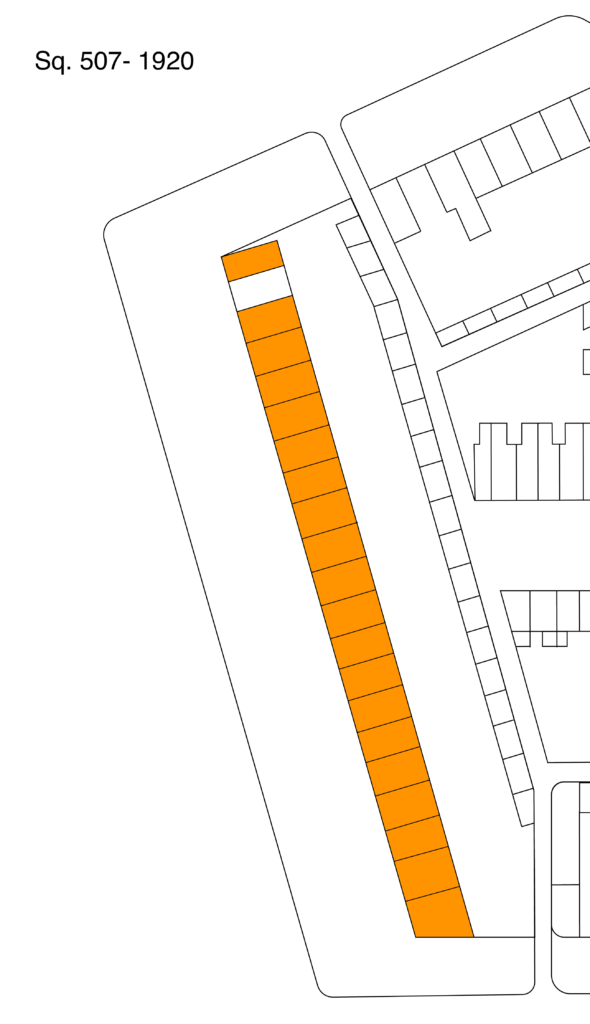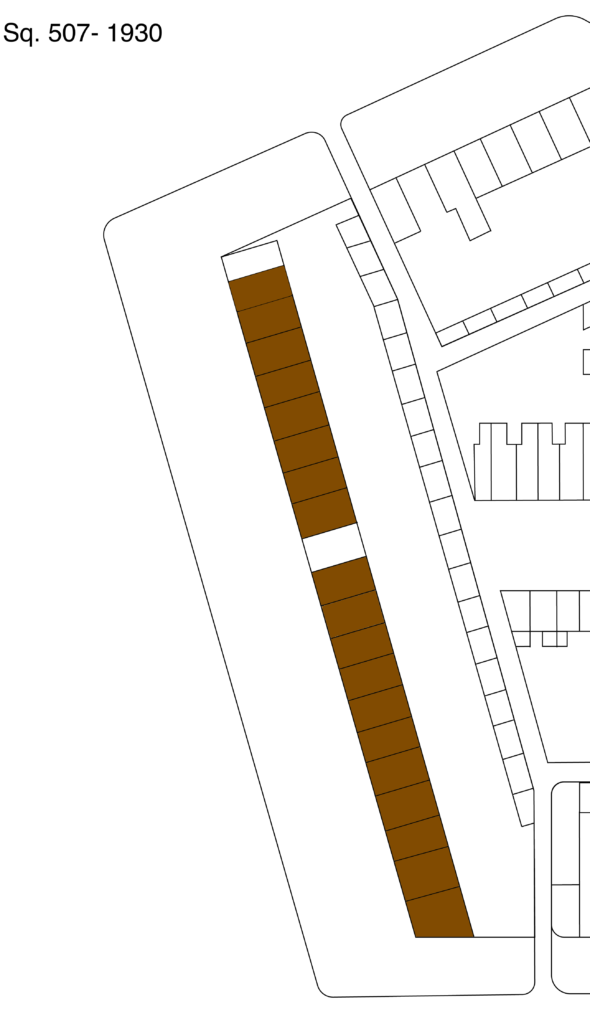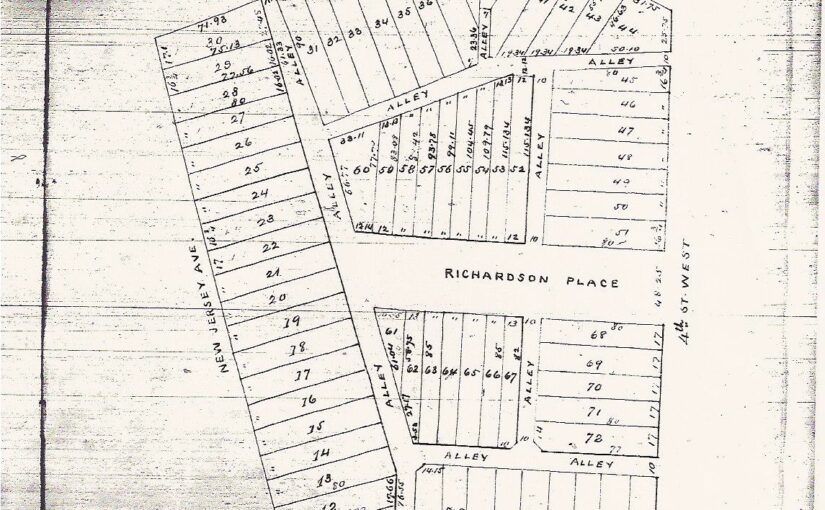One of the things I noticed with the change in Truxton Circle from 1920 to 1930, was that the neighborhood went from being a racially mixed neighborhood to being a predominately African American neighborhood. One of the places where this change was obvious was on square 507, along the 1700 block of New Jersey Avenue NW.
A stretch of the block that was 100% white in 1920:

…became 100% African American in 1930:

I wondered why and looked for a reason. The reason may be buried among some of my old posts that I have yet to uncover and repost. I have some gaps between April 2010 and December 2013, and somewhere in there is a post, I swear, about a woman who lived on the block with her sons and I traced them to 1930. By that time Rosalie Flynn (maybe her name, maybe not) had either moved to Virginia or died and one of her sons had moved to the Atlanta area, married and was a lawyer.
So the reason for why one white household left the neighborhood was that people move on.
Many of you are not in the same place you were 10 years ago. A census is every 10 years. People grow up. They get married. Their career takes them to another city or town or even country. Some die. In urban areas, like Washington, DC, people are always moving around.

